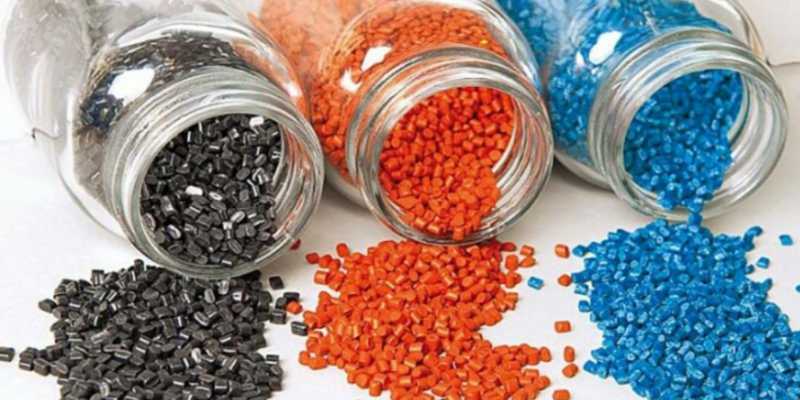- September 20, 2022
Thermoset vs thermoplastic is one of the most significant comparisons in the manufacturing industry. Thermoplastic polymers were the most common types of polymers used for injection molding and other plastic machining processes. However, the surfacing of thermosetting plastics gave rise to worthy competition. Although these plastic polymers have some similarities, there are also several notable differences.
Thermoplastics are the best option in certain situations, while other cases require thermosets. The similarities of these polymers often make manufacturers use them for similar products. However, this may affect the quality and durability of the eventual product. Therefore, you must understand the differences between thermoset and thermoplastic to ensure you make the best decision.
This guide discusses the various differences between these polymers, detailing their features and suitable applications. Read on as we uncover the best plastic type for your project.
An Overview of Thermoset
Thermosetting plastics have their polymers cross-linked during the curing process. As a result, they create an irreversible chemical bond. These polymers are typically liquid at room temperature but harden after heating or the addition of chemicals.
The cross-linking of these polymers prevents them from re-melting upon exposure to high temperatures. Therefore, a thermosetting plastic will retain its shape after being formed. This reason is why they are suitable for high-heat applications.
Common Examples of Thermosets
Some of the common thermosets used in plastic part manufacturing include the following:
- Epoxy
- Melamine
- Phenolics
- Polyester
- Polyimides
- Polytetrafluoroethylene (PTFE)
- Polyurethanes
- Polyvinylidene fluoride (PVDF)
- Silicone
- Vinyl Ester
The impact resistance and high structural integrity of thermosets make them useful in the automotive, electronics, lighting, appliance, and energy industries.
Pros and Cons of Thermosets
Pros
- High strength-to-weight ratio
- Increased corrosion resistance
- Outstanding electrical insulation and dielectric strength
- Good dimensional stability
- High heat and temperature resistance
- Ensures flexible product design changes
- Low thermal conductivity
- Excellent aesthetic finishes
- Reduced tooling costs and production costs
Cons
- It is not recyclable.
- It can’t be reshaped or remolded.
- The rigidity of the material is not suitable for high-vibration applications.
An Overview of Thermoplastics
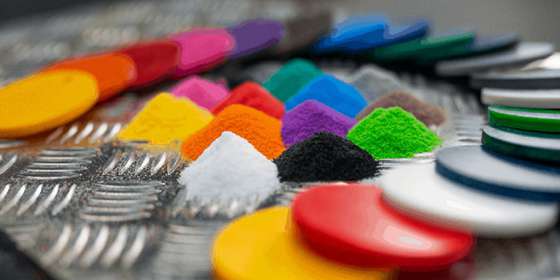
Thermoplastics are resins that are solid at room temperature. The pellets soften upon heat, making them more fluid. This fluidity is due to the pellets crossing the glass transition temperature. Unlike thermosets, chemical bonding doesn’t occur in the processing of thermoplastics.
Thermoplastic polymers can be re-melted several times and formed into various shapes. You can also reheat, remold, and recycle these plastics without affecting their properties. They generally offer excellent elasticity and strength, and they resist shrinking. Therefore, these materials best suit processes like plastic extrusion, injection molding, and thermoforming.
Common Examples of Thermoplastics
There are several thermoplastics available today, each with different properties and uses. Some of the common ones are:
- Acetal Copolymer Polyoxymethylene
- Acetal Homopolymer Polyoxymethylene
- Acrylic
- Nylon
- Polycarbonate (PC)
- Polyethylene (PE)
- Polyethylene terephthalate (PET)
- Polypropylene (PP)
- Polystyrene (PS)
- Polyvinylchloride (PVC)
- Teflon
Pros and Cons of Thermoplastics
Pros
- Can be reshaped and remolded
- Highly recyclable
- Excellent quality aesthetic finish
- High impact and chemical resistance
- Excellent corrosion resistance
- Improved electrical insulation
- Enhanced anti-slip properties
- High flexibility
Cons
- Not suitable for some applications because it may soften upon heating.
- Relatively more expensive than thermosetting plastics.
Major Differences Between Thermoset and Thermoplastic
Despite some similar features of these resins, there are several differences you must note. We will examine the major differences between thermoplastic and thermosetting plastic under the following headings:
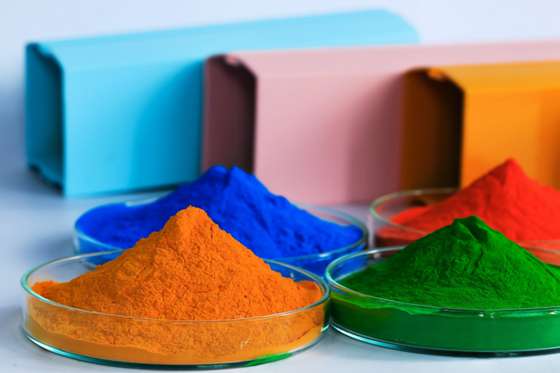
1. Microstructure
Thermosets consist of heavily cross-linked lines of molecules. As mentioned earlier, this cross-linking gives a rigid molecular structure. You can heat them the first time and shape them into any structure you desire. However, they ultimately become solid and stiff. This stiffness is permanent, preventing them from being reshaped.
On the other hand, thermoplastics do not have cross-linked molecular chains. There are no chemical bonds connecting the chains, only intermolecular forces. As a result, their macromolecules are majorly located beside or next to one another. Upon application of high heat, the chains slightly shift against one another. Therefore, plastic can easily be reshaped and remodeled.
2. Physical and Chemical Properties
In material selection, it is crucial to consider physical and chemical properties to ensure optimum performance. Here’s a detailed thermoset vs thermoplastic comparison of their features:
2.1 Melting Point
The main difference between thermosetting plastics and thermoplastics is related to their behaviors when heated. Thermosets have melting points higher than degradation temperature, while that of thermoplastics is lower.
When heated after curing, thermosets retain their solid shape. On the other hand, thermoplastics will melt or decompose upon further heating. Therefore, thermosetting plastics have higher melting points than thermoplastics. This is why manufacturers use thermoplastics for recyclable components.
2.2 Corrosion Resistance
Both types of plastic polymers can adequately resist rusting or corrosion. Therefore, they are suitable for outdoor applications and can come in contact with corrosive media. However, thermoplastics can resist chemical attacks than thermosets. Thus, they are more corrosion-resistant.
2.3 Durability
If you’re looking to manufacture automotive or electrical appliances, you must ensure heat resistance and durability. Thermosets are highly durable than their counterpart. These plastic polymers are often more lightweight, with excellent strength, toughness, and impact resistance.
You can even further strengthen them with reinforcing materials such as fiberglass and carbon. Their excellent structural benefits and dimensional stability makes them more suitable than thermoplastics in terms of durability.
The thermoset vs thermoplastic chart below compares the physical and chemical properties of these plastics:
| Property | Thermosets | Thermoplastics |
| Molecular structure | They are network polymers with high cross-linking and strong molecular bonds. | They are linear polymers in a straight chain with weak molecular bonds. |
| Mechanical | Inelastic, rigid, and strong due to cross-linking. | Flexible, elastic, and highly resistant to impact due to crystallinity. |
| Melting point | The melting point is higher than the degradation temperature. | The melting point is lower than the degradation temperature. |
| Solubility | They don’t dissolve in organic solvents. | They dissolve in organic solvents. |
| Chemical resistance | Good heat and chemical resistance. | Higher chemical resistance. |
| Service temperature | Higher continuous use temperature (CUT) than thermoplastics. | Lower CUT than thermosets. |
| Recyclability | Non-recyclable. | Recyclable and reusable when heated. |
3. Machining Process
The processing of thermoplastics can be done using various methods, including injection molding, extrusion molding, vacuum forming, and thermoforming. The machinist feeds the granular material into the mold, often using spherical resins of about 3 mm diameter. Then the resins are heated at high temperatures to the melting point.
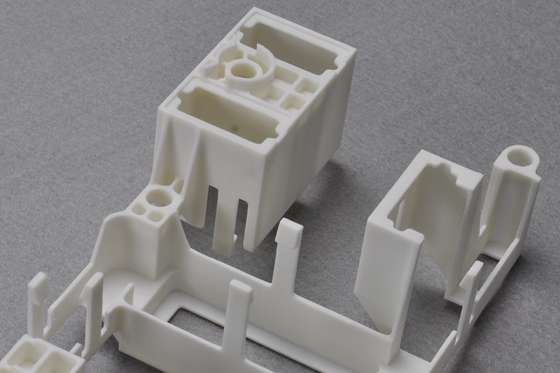
Thermoplastics are excellent thermal insulators. Therefore, it takes longer to cool them than other plastics. Most manufacturers use rapid cooling to get a high output rate by plunging them into water baths or spraying them with cold water. Upon cooling, the plastic material shrinks, affecting the material’s crystallization and internal structure. Thus, it is essential to specify the shrinkage rate for thermoplastics.
On the other hand, the processing of thermosetting plastics occurs in their liquid forms. The major processes used are Resin Transfer Molding (RTM) and Reaction Injection Molding (RIM). The curing process often includes inhibitors, curing agents, plasticizers, hardeners, or fillers. The choice of reinforcements will depend on the desired outcome.
4. Aesthetics
Thermoplastics are popular options for providing top-quality finishes. However, the RTM and RIM processes, as discussed above, make the finishing of thermosets unique. With these techniques, you have unique chances of achieving premium aesthetics. They allow direct spraying into the mold before the injection of the thermosetting plastic resin.
These processes also allow in-mold painting and coating. With this, stronger bonds will be formed between the plastic surface and the paint. Consequently, you can ensure proper adhesion and prevent cracking, chipping, flaking, and other plastic fabrication defects.
In addition, thermosetting examples, such as epoxy, phenolics, silicones, etc., are suitable for high- and low-gloss surface finishes. Painted parts made with thermosets often present finely detailed textures. Their excellent flowability helps them accommodate delicate aesthetic touches.
5. Cost
Thermoplastics are usually less expensive than thermosetting plastics regarding overall production costs. However, it is important to consider the factors affecting plastic prototyping. Asides from the material itself, you must consider the tooling cost, labor cost, production time, and finishing choice.
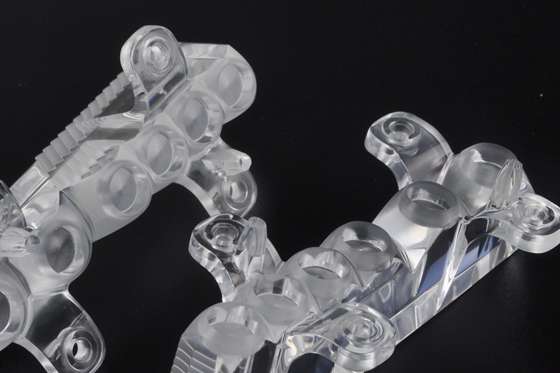
6. Common Applications
Thermoset plastics are used in many industries because it is relatively more economical. It also ensures the products meet desired specifications. Thermosets have an excellent combination of thermal stability, structural robustness, and chemical resistance.
The resins are also flexible enough to ensure the seamless formation of complex geometries. As a result, they are excellent substitutes for some metal materials. The RTM and RIM techniques also ensure considerable consistency in their fabrication. Their typical applications include the following:
- Chemical generating and processing tools, including piping, cell covers, and fittings
- Medical and electrical components and housings
- Housings, panels, and doors for transportation and heavy construction
- Automotive parts for cars and tractors
- Components for military vehicles
On the other hand, the applications of thermoplastics vary for different industries. Their high chemical and corrosion resistance makes them good metal substitutes. However, you must note that they do not withstand as much heat as thermosets.
Thermoplastics are suitable raw materials for various industries, including automotive, chemical, biomedical, electronic, and food & beverage industries. Some of their applications are:
- Constructing industrial machining components
- Piping systems for chemicals
- Laboratory equipment
- Electrical or electronics insulating and encapsulating materials
- Non-stick kitchenware
- Protective coverings for rigid tools
- Liquid storage tanks
Thermoset vs Thermoplastic: Which Polymer Is Your Best Option?
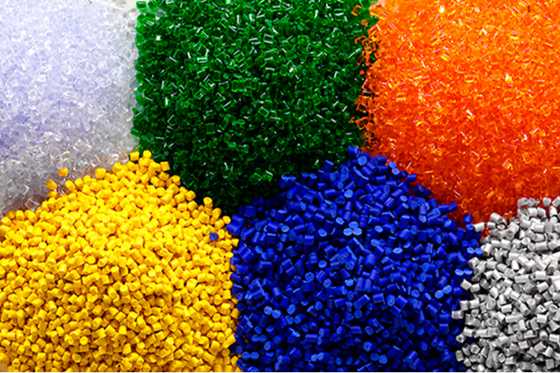
Both thermoplastic and thermosetting plastic have a wide selection of materials with various applications. These polymers are top choices for your products. However, the option you choose will depend mainly on the application of your desired product. Remember that wrong material selection can affect the functionality of a product, even if it is well-designed.
When choosing a material, you must carefully consider the impact resistance, strength, heat resistance, and other factors. For instance, thermosets are more suitable for applications where heat is a factor, including electrical appliances and housings. They are also ideal for chemical processing equipment because of their heat & chemical resistance as well as their excellent structural integrity.
Thermoplastics are best used for products that will be exposed to corrosive materials. They also help produce high-volume parts easily and at competitive pricing. You can also get detailed geometric shapes with thermoplastics, making them good metal substitutes. They are also recyclable and reused, which can reduce long-term costs.
Conclusion
Thermoplastic and thermosetting plastic has several variations in characteristics, recyclability, costs, and other features. Therefore, they are ideal for different applications based on required physical and chemical properties. While thermosets are suitable for high-heat applications, thermoplastics are more renowned for their corrosion resistance and recyclability.
Different applications require the selection of the right materials. Therefore, you should go through the features discussed earlier and pick the best plastic material for your project. Expert engineers at WayKen are ready to assist you with material selection. We also use advanced machines for plastic machining and reduction of lead times. Contact us to get high-quality plastic parts today!
FAQs
Why are thermosetting plastics harder than thermoplastics?
Thermosets are harder than thermoplastics because of their three-dimensional cross-linked networks created during curing. The polymer chains maintain their strong covalent bonds and shape. Their higher cross-linking density gives them higher mechanical strength and hardness. Thus, they are preferred for their structural integrity and heat resistance.
Is thermoplastic toxic?
Any raw material can be potentially toxic, depending on various factors. Thermoplastic polymers are not inherently toxic, and they are safe for several applications, including biomedical devices.
Which thermoplastics or thermosets can resist temperature better?
Thermosets can generally resist higher temperatures than thermoplastics. Furthermore, they have strong covalent cross-links between their polymer chains. Therefore, they cannot soften upon further heating. As a result, thermosets have more stability than their counterparts.

